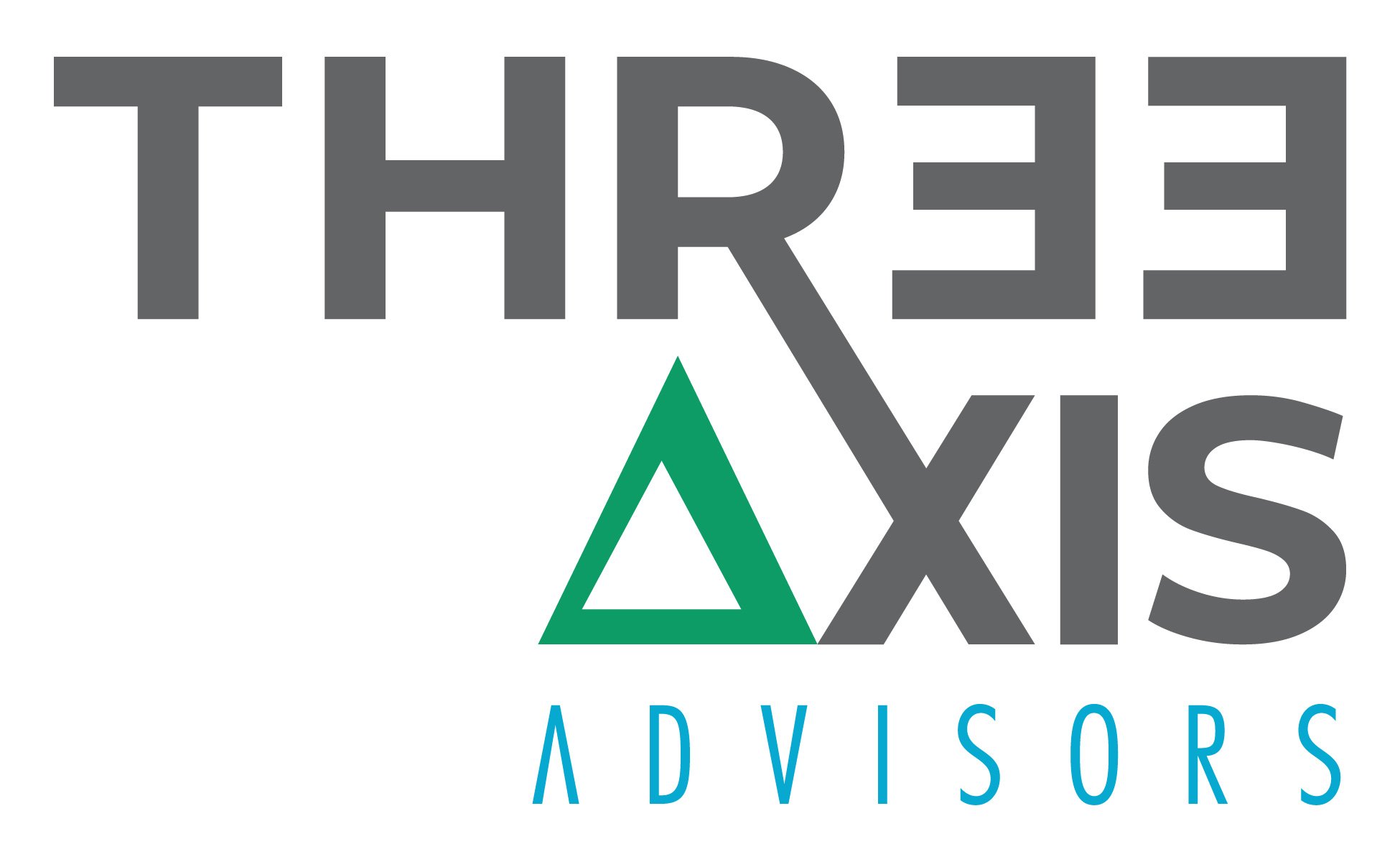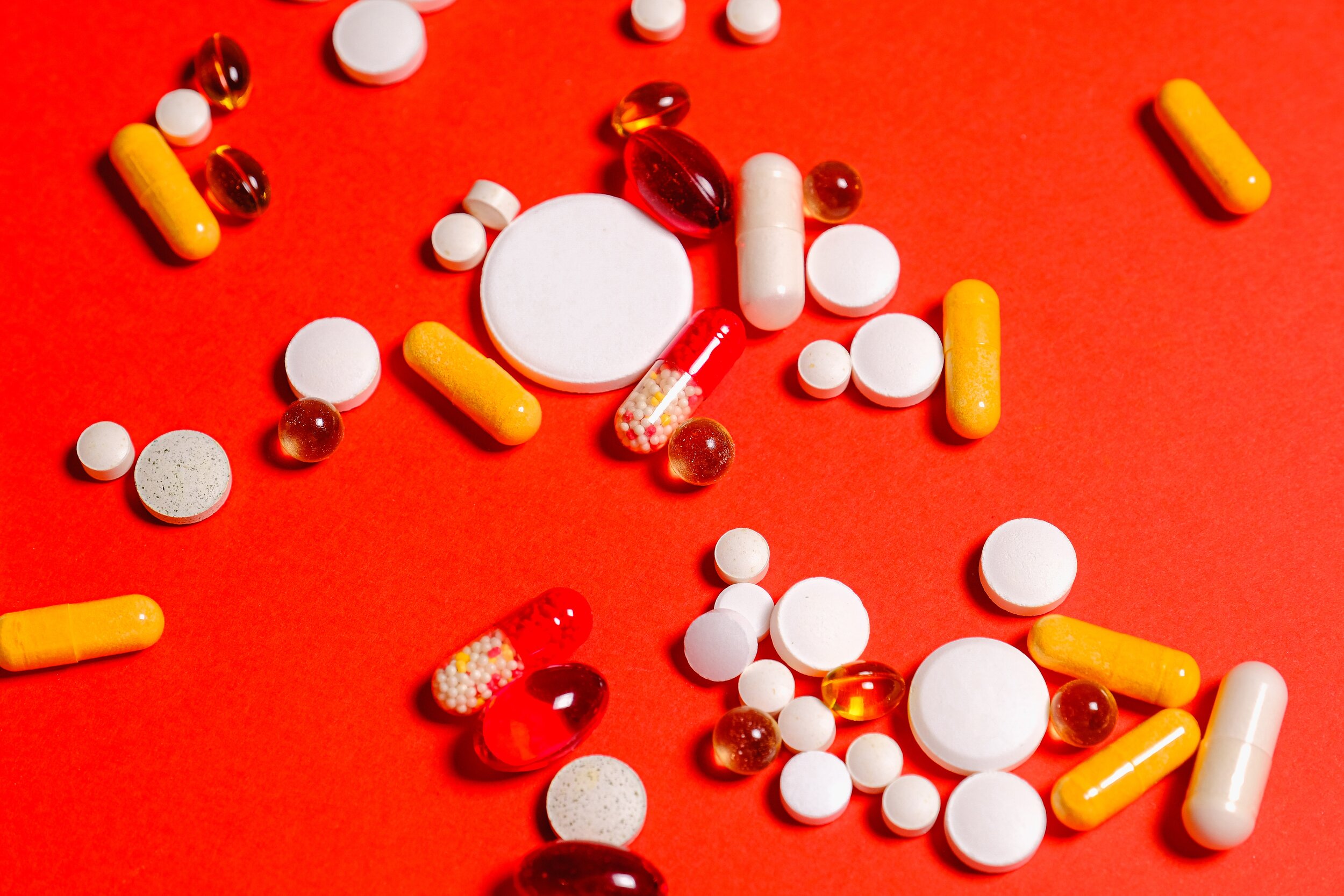Assessing the responsiveness of Maximum Allowable Cost (MAC) prices to generic drug inflation
Background
Generic drug cost deflation is a key driver that helps control overall inflation in U.S. drug costs. Between 2016 and 2019, we estimate that, based on a stable Medicaid drug mix, generic drug pharmacy invoice acquisition costs have deflated by 61%, helping to partly offset the 42% increase in brand drug list prices.
But the environment is now changing. COVID-19 mitigation and suppression activities have swept the globe, introducing significant uncertainty into the global generic drug supply chain. Without reliable public information on exactly where active pharmaceutical ingredients (APIs) are produced, concerns are naturally arising on how China’s and India’s strategies to contain the spread of COVID-19 will impact supply of U.S. generic drugs imported from abroad.
This initial concern has only been exacerbated in recent weeks by:
Import and export restrictions by foreign governments
Political leaders promoting protectionism
Temporary inventory stockouts due to the large-scale shift from 30-day to 90-day prescriptions, stressing normal wholesaler inventories
Rumors that a host of generic drugs could “potentially” be used to treat COVID-19, leading to speculative stockpiling of such drugs
Figure 1: Generic Drug Revenue per Unit (y-axis) vs. NADAC per Unit (x-axis)
All of these concerns are related to physical shortages of generic drugs – i.e. physically not having enough supply to meet demand. However, due to the unique manner in which pharmacies are reimbursed for dispensing medications to patients (through PBM-set “MAC rates”), there may be risk of economic shortage as well – i.e. pharmacy revenue paid by PBMs for dispensed medications falling short of a pharmacy’s cost to acquire the medication, sending the incentive to not purchase or dispense the medication. The substantial disconnect between PBM-set MAC rates (pharmacy revenue) and pharmacy acquisition costs (pharmacy expense) – shown in Figure 1 – could increase the risk of economic shortages, especially if MAC rates are not responsive to sharp increases in pharmacy acquisition costs, which could become more frequent in a post-COVID environment.
Research Objective
To get a better sense of the seriousness of this risk, 3 Axis Advisors evaluated the responsiveness of historic MAC-based PBM reimbursement practices to significant generic drug price increases in order to quantify risks posed to supply chain economics should shortages or other disruptions occur that substantially alter generic drug prices.
Methods
3 Axis Advisors obtained detailed prescription claims information from 1,392 pharmacies in 23 states on all claims dispensed between January 1, 2018 and March 26, 2020. An assessment was made to compare PBM reimbursement rates for drug ingredient costs based upon claims identified as paying under MAC-based rates to the underlying cost to acquire those same prescription drugs. Assessments were made across equally substitutable generic drug groups, year, and unique prescription drug plan.
Conclusions
For the top 50 health insurance plans, we identified 4,312 total occurrences in which the NADAC per unit experienced a 50% or more increase. For the same drugs, during the same time periods and reimbursed under the same Plans, we then identified 711 total occurrences in which the ingredient cost per unit reimbursed to pharmacies experienced a 50% or more increase. As such, we found that in only 16% of instances did prescription drug plans increase reimbursement for drugs that experienced extreme pricing increases (711 / 4,312).
If you have questions about this report, please contact us at info@3axisadvisors.com.
MEDIA
PBM reimbursement significantly varies for generic drugs
Pharma News Intelligence, 4/20/20
Pharmacy reimbursement often lags for generics undergoing price hikes, jeopardizing patient access
Pharmalot via STAT News, 4/14/20

